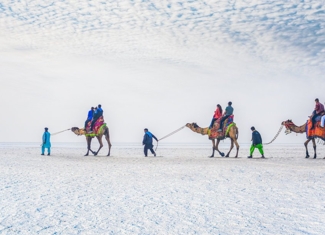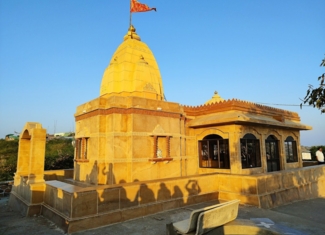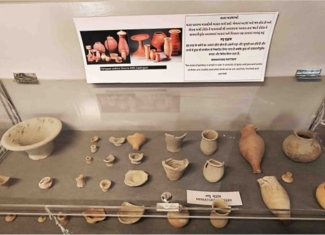World Heritage Site - Dholavira
Here lies a valuable history of more than 1800 years old with one of the best planned civilisations of that era. A UNESCO site, the Harappan City was made of stone unlike other brick cities. Many artefacts, like ornaments, vessels and Mesopotamian objects were excavated from this site.
This excavation site gives a glimpse into the history of the iconic Harrappan Civilization. A treat for the history lovers, the site is home to one of the world’s earliest water conservation systems, reservoirs, stone sculptures and sun-dried mud bricks.
Harappan Civilisation
Dholavira is one of the two largest Harappan sites in India and 5th largest in Asia. It is known to have passed through all stages of the Harappan culture from circa 2900 BC to 1500 BC. It exhibits all the remarkable features of the Harappan Civilisation, such as well-planned urban settlement, water conservation system, and architectural brilliance. The city's planning, residential areas, fortified walls, and hydraulic structures reflect an advanced civilisation that was innovative and way ahead of its time.
Citadel
A Citadel in the centre with a middle and lower town, each fortified separately, built with sun-dried brick and stone masonry with advanced drainage and water management systems. A large stadium with a complex structure and seating arrangement is also present.
Water Conservation System
Dholavira has one of the world’s earliest water conservation systems ever excavated. Satellite pictures show a reservoir underground, an expertly constructed rainwater harvesting system extending from the walls, without which the settlement would not have thrived in the sparse rainfall of the desert.
Tips
- October-March is the best time to visit Dholavira.
- Wear a comfortable pair of shoes and carry drinking water along.










